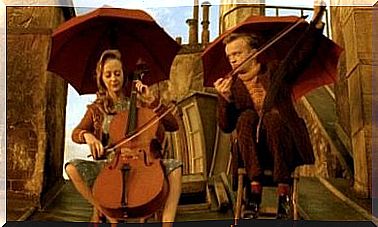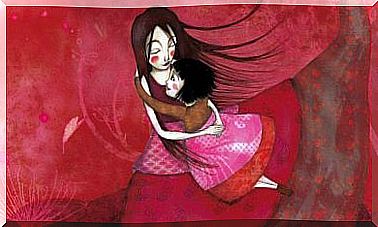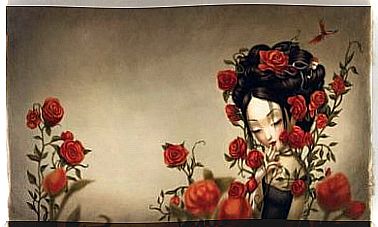Black Panther, Superheroes And Inclusion
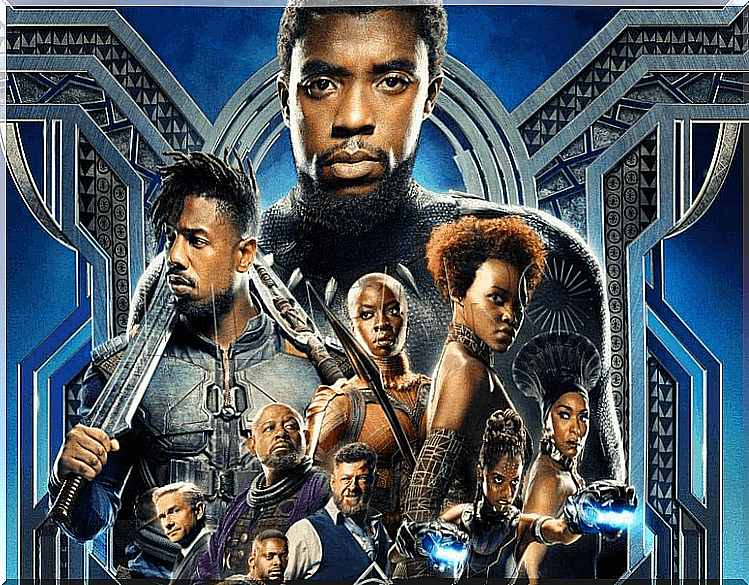
Black Panther, the latest installment in the Marvel Cinematic Universe, has generated multiple reactions. The film has received a variety of reviews since its release, both good and bad. However, there is no doubt that Black Panther represents a turning point with respect to the superhero genre.
Directed by Ryan Coogler, Black Panther is a film that primarily brings together a cast of dark-skinned people. Based on a Marvel comic with the same name, we talk about the first superhero with dark skin and African descent.
Because of this, for many years the Black Panther was a reference character. Thus, the Black Panther met a profile with which many people identified more easily.
Marvel Comics and DC are two of the largest comic strip producers in the United States. After publishing the Black Panther comics , both Marvel and DC began to diversify their characters. Soon, Marvel would have introduced Luke Cage and the Falcon, both dark skinned characters. For its part, DC reinvented one of its white characters, called Green Lantern, as a black character.
From this moment on, the popularity of both comic book producers increased considerably. This is because more people are interested in their characters. Why is this change so important?
Inclusion and identification
To create a community, it is necessary that all its members feel part of it in some way. On the other hand, with a feeling of the whole it is easier for progress to be made at the social level. From the publication of Pantera Negra , it is possible to say that a stage of progressive inclusion towards diversity begins.
With the inclusion of characters of African, indigenous and Asian descent, the comic book producers ensured the projection towards an underserved market. Consider that for a long time, the so-called ethnic minorities had been displaced from hegemonic social spaces.
These minorities had no presence in cultural spheres such as cinema and comic strips. Through inclusion, people who belong to ethnic minorities feel identified and legitimized. This necessarily translates into better social dynamics, as tolerance increases.

Black Panther, a hit at the box office
Towards tolerance and fairness the movie Black Panther also points. Released in early 2018, Black Panther revolves around the character of Black Panther . The film is centered on the country of Wakanda, a fictional African nation. Following the assassination of its leader and king, Wakanda must trust T’Challa, the crown prince.
T’Challa, the alter ego of Black Panther , is a superhuman: he has advanced abilities of speed and strength. These abilities help him to function as Black Panther , protector of Wakanda. Despite his qualities, T’Challa must face the challenges of being King. Thus, only with the help of his sister Shuri, the spy and leader Nakia, as well as the warriors Dora Milaje, T’Challa, does he manage to withstand the attacks against his people.
Black Panther is a movie that has challenged multiple stereotypes. Not only did it feature a casting full of dark-skinned characters, it was also an opportunity for black filmmakers. Both the director and the producers of the film are people of color.
In addition to this, Black Panther has featured many strong, intelligent, and independent female characters. T’Challa’s younger sister, Princess Shuri, is a young woman with advanced knowledge in science and engineering.
The warrior Nakia develops as a spy and liberator of women in situations of violence. Furthermore, the royal guard is made up of only highly trained women – the best and most capable warriors in the kingdom.
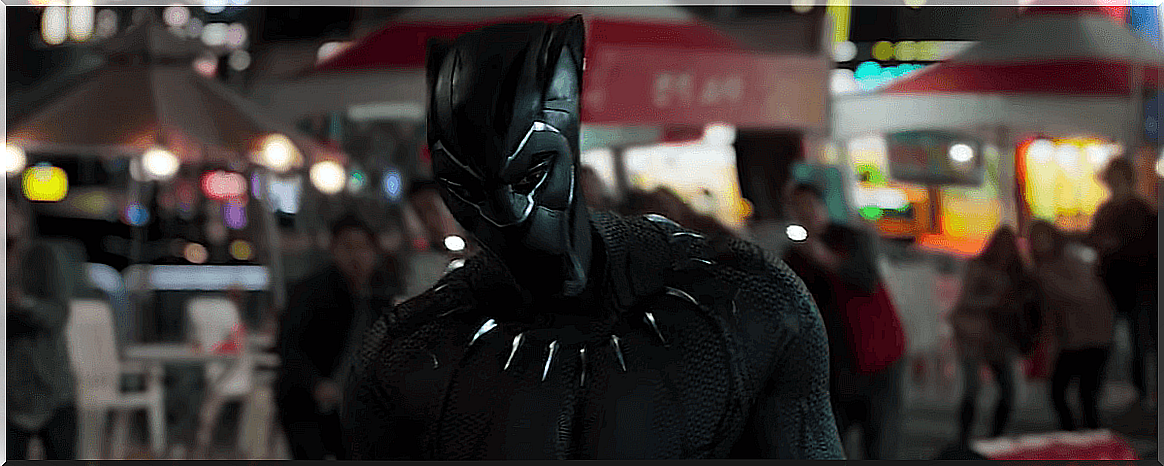
Cinema as a space for social change
The cinema works as a tool for the dissemination and consolidation of ideals and ideologies. Although it is not the only factor at play, inclusive representation in the cinema definitely gives rise to new ways of constructing and perceiving social relationships.
In the new trends of equitable representation, characters of different ethnic and cultural origins have a leading role. Greater diversity on screens – large and small – will contribute to greater tolerance for diversity in work and academic spaces.
